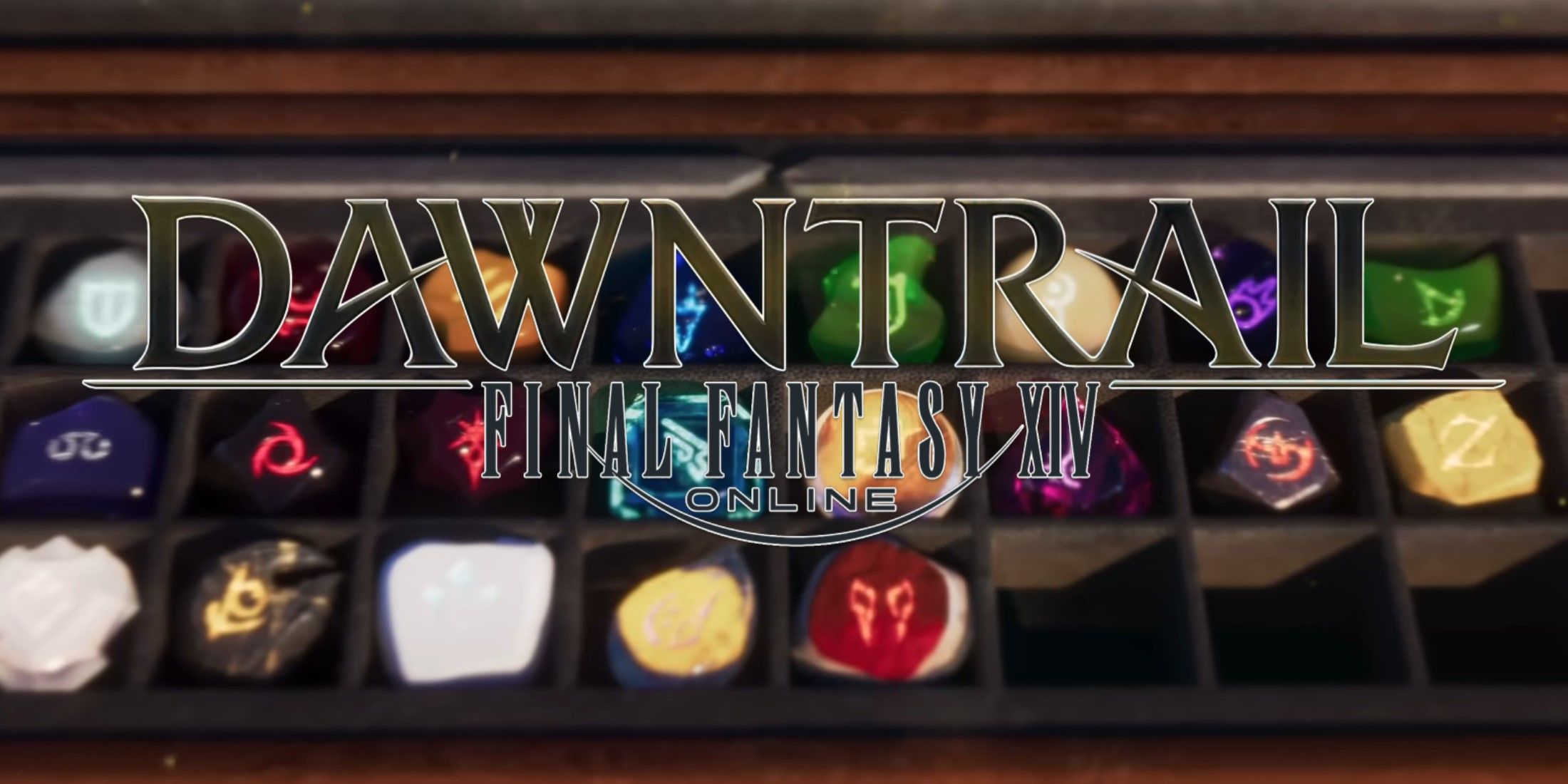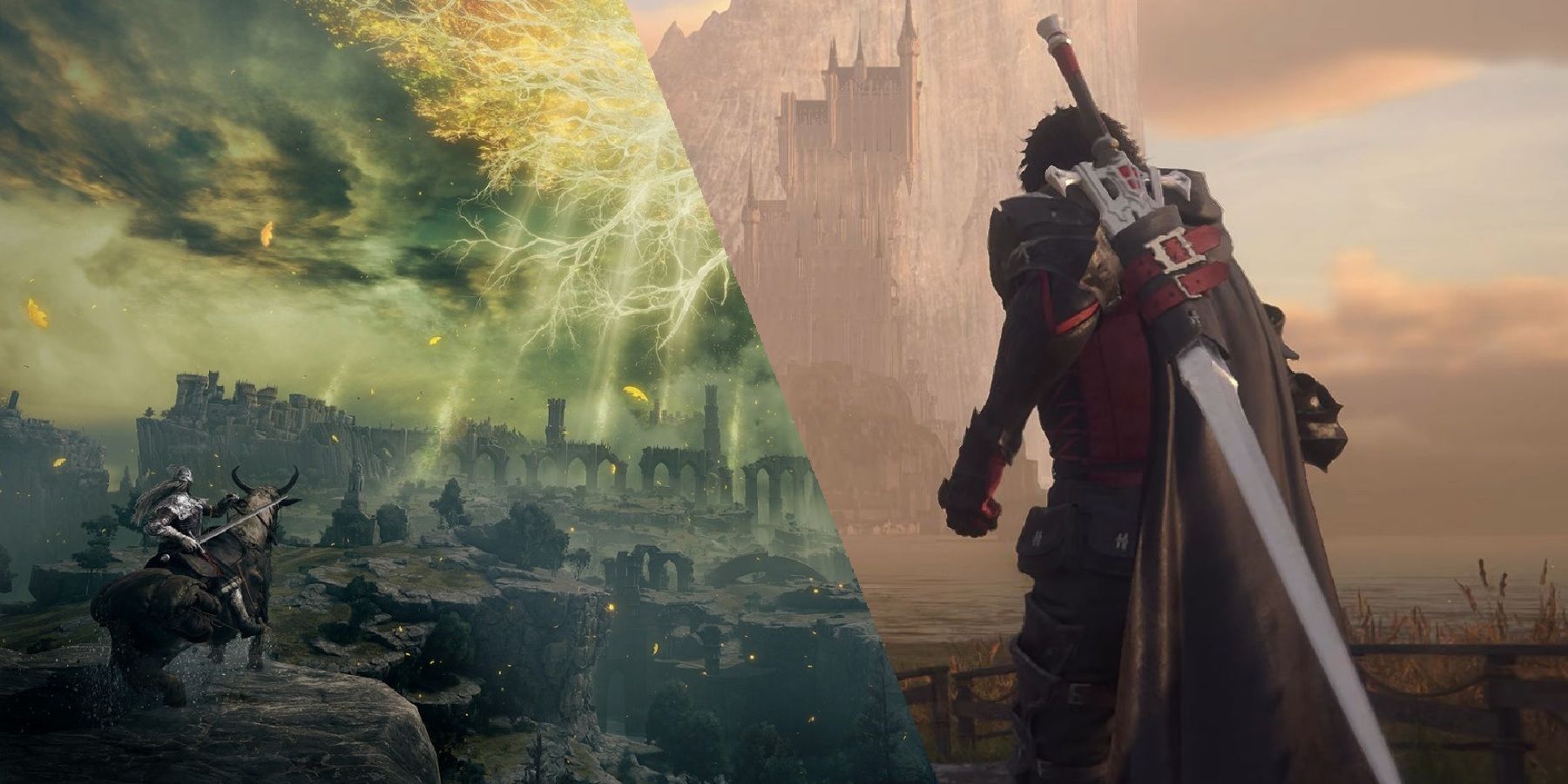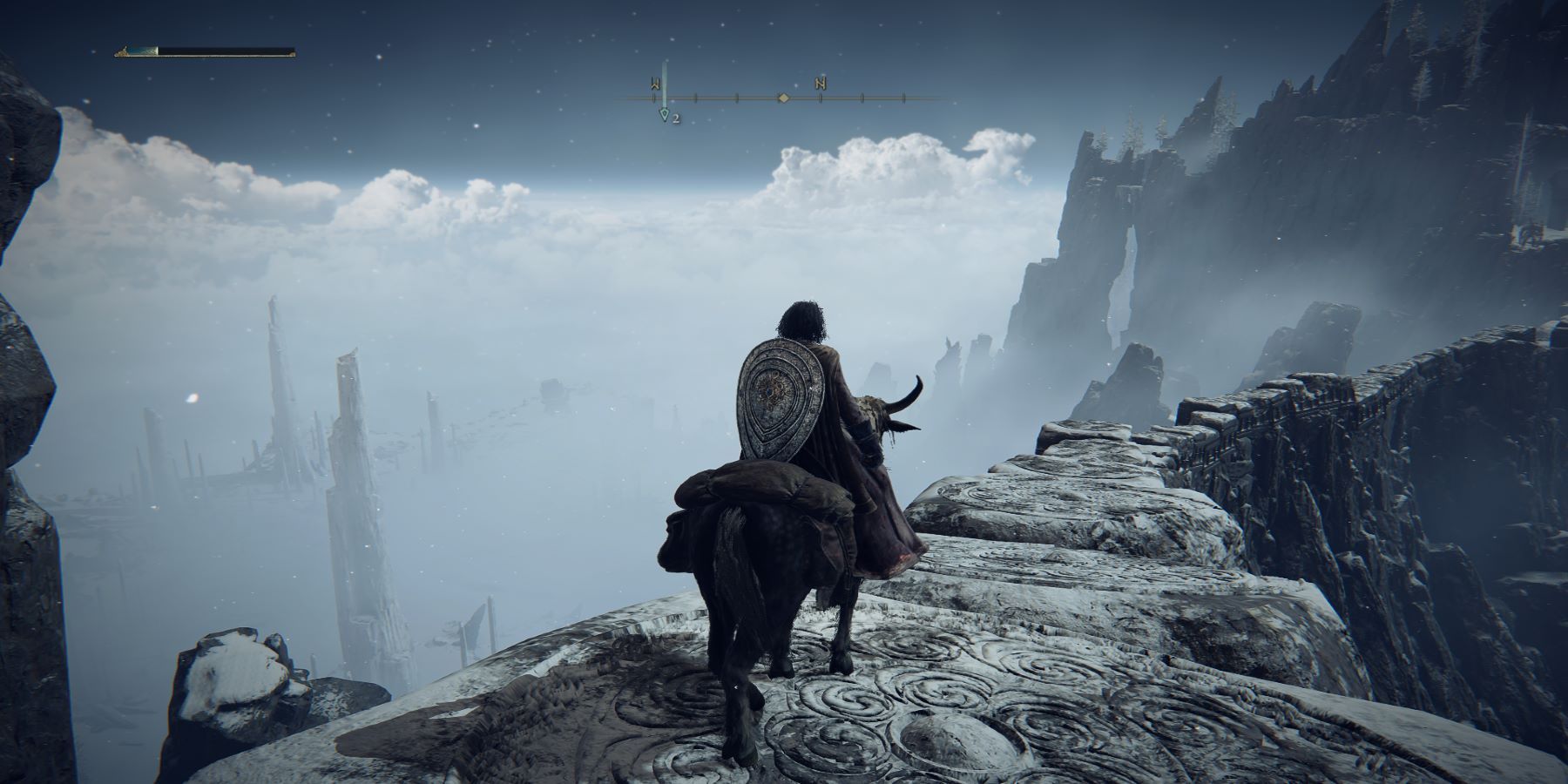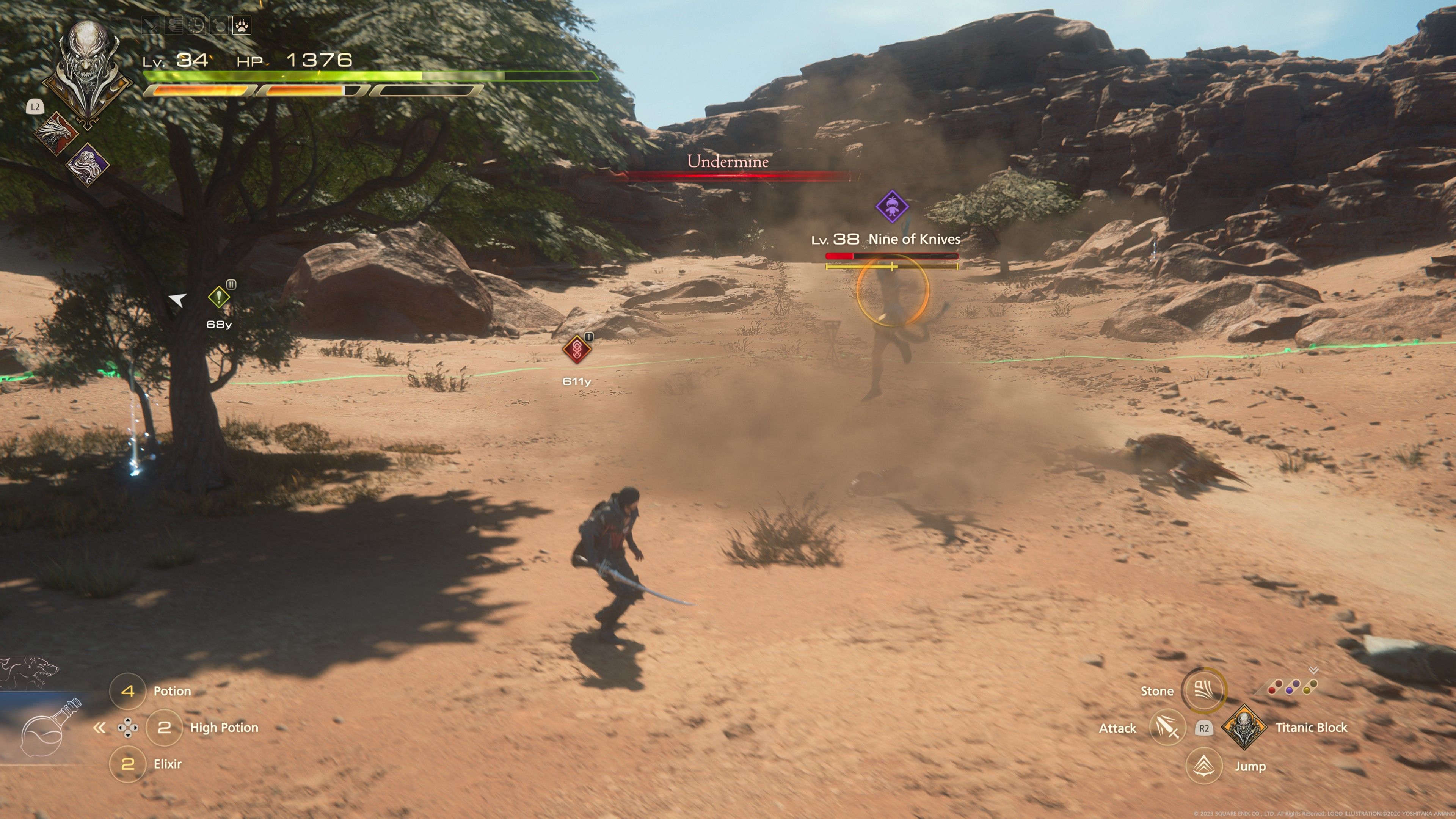Plenty of AAA games have taken the leap into open worlds lately, with recent titles like Elden Ring and Final Fantasy 16 taking their own approach to the massively popular genre. While the latest Final Fantasy's game world certainly has a more limited scope than its predecessor, the widening that it does at the end gives it the polar opposite problem that Elden Ring found itself with.
The main issue across both Elden Ring and Final Fantasy 16 being considered open-world, open-field, or simply having open maps, is in the way that both have a tendency to funnel players during key points of the journey. While Elden Ring has an issue with limiting the scope of its world towards the end, Final Fantasy 16's problem is more that it starts far too narrow for too long to make the world feel open until late in the game.
Elden Ring's Narrow Final Levels
One of the few major complaints that players had when Elden Ring launched last year was that while locations like Limgrave and Liurnia felt like vast open fields with hundreds of things to do, the endgame fell short of that feeling. The Mountaintops of the Giants was a location that could have had heavier lore significance and a sprawling wasteland filled with the crushed culture of the giants to explore but winds up a fairly straight shot towards the end of the game, with Crumbling Farum Azula only being a brief detour thereafter.
Naturally, there were more than a few side areas hidden in the Mountaintops of the Giants like in any other of the open fields, such as catacombs, caves, and some optional bosses sprinkled around. However, it's the lack of any real variety between these locations and several lackluster rewards that makes this final open field a bit of a disappointment for those looking for rewards off the beaten path. That is also to say nothing of the intense spike in difficulty that this area receives that can have an unfortunate effect on player builds this late into the game.
Final Fantasy 16 Widens as the Story Progresses
It is this narrowing at the end where Final Fantasy 16 hits the opposite problem, due heavily to the way that the narrative took center stage throughout the game. Instead of dropping players off into a wide, open field to start exploring in from the go, Final Fantasy 16's starting chapters place Clive in what could generously be considered a series of hallways to fight enemies and bosses in a specific order. This is a linear approach to game design that nearly every Final Fantasy has started their game with, only giving players a small area to explore with narrow dungeons that set the stage for how the rest of the game will play.
The major change that comes later is that as the story progresses, it isn't that Clive only moves to different locations around the world. Instead, the world opens further and further out, giving players more room to run around and explore, eventually opening up hidden challenges and over-world bosses in the form of Final Fantasy 16's hunts. So, while the start of the game had little to do off the beaten path, or even little ability to stray from the intended path, the end widens the scope of exploration.
These two approaches on how to expand on the worlds of Elden Ring's The Lands Between and Final Fantasy 16's Valisthea offer drastically different gameplay experiences in the end. While both of these worlds succeed in other ways, and certainly the games succeed further in their gameplay, they each come short of really being what players expect from the open-world genre by the end. That being said, neither world needs to be open in order to still succeed at delivering the gameplay and narratives they set out to create.
Final Fantasy 16 is available now for PS5.






